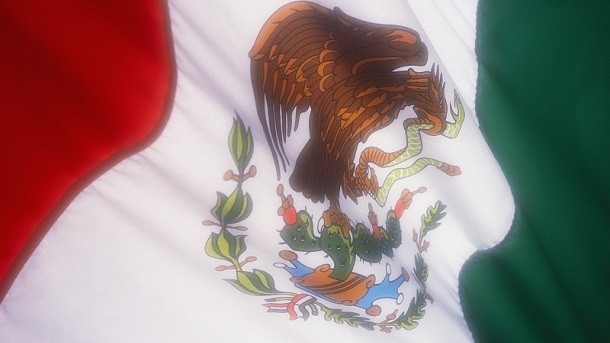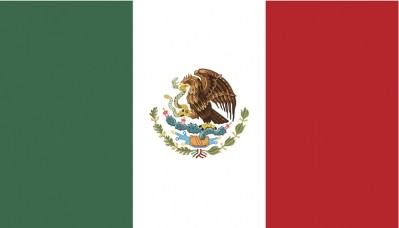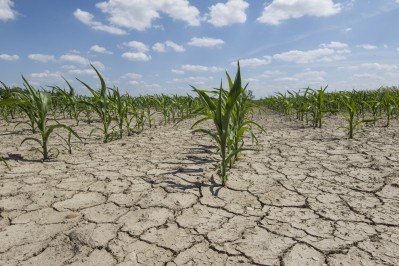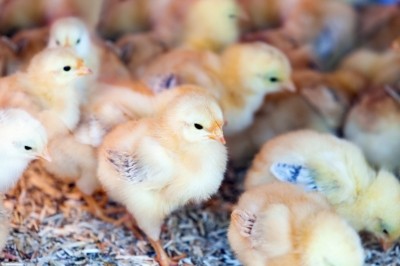Feed firms should get ready to leverage hog sector consolidation in Mexico: Rabobank

Pablo Sherwell, senior analyst at Rabobank, predicts that medium and larger size hog producers in Mexico are going to form alliances “to develop larger hog operations, boost hog weights and include higher quality nutritional inputs to lessen the impact of further outbreaks of the porcine epidemic diarrhea (PED) virus.”
But this is a medium to long-term strategy in the swine sector – it won’t happen overnight, said the Mexican market specialist.
Egg production diversification
Speaking to FeedNavigator.com yesterday, he also forecasts less concentration in egg production in the long term, after the havoc wreaked on the Mexican poultry industry in the past few years by the outbreak of the highly pathogenic avian influenza (HPAI) serotype H7N3 during 2012 and 2013.
“Egg producers in Mexico are looking at geographical diversification as one way to reduce exposure to avian influenza. Currently 50% of egg production occurs in the Jalisco region and farms are located in close proximity, making the spread of the virus easier.
Producers want to move production to other regions to try and reduce their exposure to any future reoccurrence of the contagious AI virus in that area. The feed sector would have to follow suit, supporting the dispersed layer producers in their various new locations,” said Sherwell.
Health of Mexican poultry sector
The analyst said that chicken meat production in 2014 is expected to increase. “Chicken, pullet and breeder farms have been able to repopulate most of the lost flocks following the AI outbreaks."
A recent Rabobank report on Mexico’s agribusiness puts poultry meat production at the 2.94 million tonnage mark for 2014, which would be a hike of 1.3% on 2013.
“Chicken meat remains an attractive protein for consumers as beef and pork prices remain on the upside,” said Sherwell.
Mexican chicken exports remain uncertain in some regions, such as Central America, which has banned Mexican poultry meat due to the avian influenza impact.
Sluggish demand for feed in 2014
Feed consumption though, said the Mexican market specialist, will be sluggish in 2014.
Sherwell said that despite the fact demand is forecast to improve on the back of beef, dairy and poultry expansions, hog feed consumption is likely to reduce as a result of PEDv.
Hog farms in northern and central Mexico have been increasingly hit by the virus.
“Although it is impossible to accurately predict what the total impact of PEDv in the hog sector will be by the end of this year, we currently estimate that the majority of national hog farms will be exposed to the virus.
By the end of the year, and considering a base case scenario, hog slaughter will decline by 1.6 million heads,” said the Rabobank report.
Cattle market recovery
The Mexican cattle and beef sectors, said Sherwell, are showing some signs of recovery after the contraction of herds in 2013.
“In 2014, we anticipate some improvements in the cattle and beef sectors. Current agro-economic conditions provide an incentive for Mexican feeders to retain cattle as feed costs decline and pastures improve, with animal and beef prices remaining on the upside,” said the Rabobank report.
Feed grain usage
The Mexican agribusiness review also predicts that the use of sorghum in feed will increase to 8.6m tons, up from 8.4m tons in 2013, while feed corn demand is expected to decline due to, again, the effects of the PEDv outbreaks.
And, as corn price expectations are bearish, production yields are expected to be sluggish, said the researchers.
Wheat use in animal feed will also be significant at 816m tons, predicts Rabobank.












